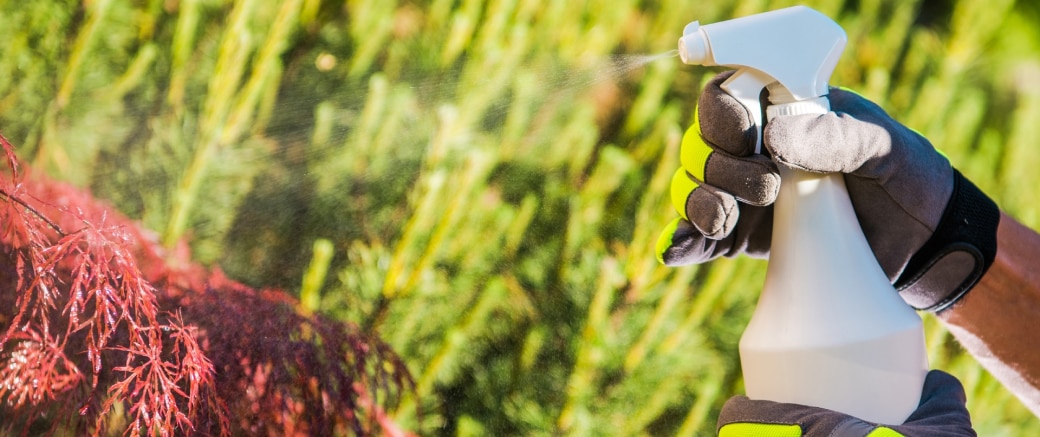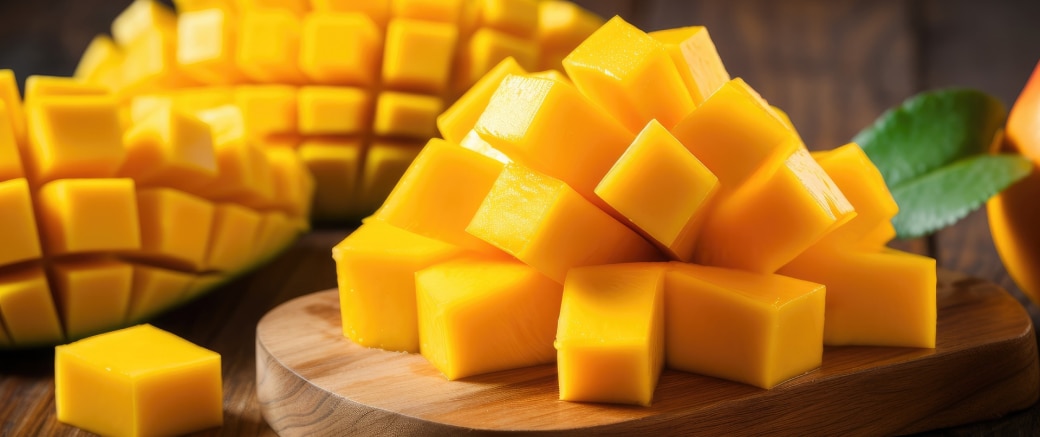Analysis Of Pesticide Residues In Foods For Safety And Quality

For the Love of Food - Analysis of Pesticide Residues For Safety and Quality
Pesticides are indispensable to modern-day food production. Sharing a direct relationship with food security, pesticides protect crops from destructive plant and animal life, eliminating and preventing infestations that can affect crop output.
These chemical solutions, which include herbicides, insecticides, nematicides, fungicides, and more, are applied to improve efficiency in agricultural functions. However, when excessive pesticide is applied to growing crops, they often remain on our fresh produce or can be transferred through various means, including wind, water or manual handling.
Read on below to learn more and get a few bonus resources!
Safety Concerns Regarding Pesticide Residues in Food

There are harmful health effects associated with high pesticide residue levels on treated food products due to their toxicity in nature.
While certain residues can be gradually washed away, others can persist in our surrounding environments and products for extended periods. Long-lasting pesticides such as organochlorine pesticides, for example, are slower to break down and more resistant to degradation.
As a result, it is crucial for farmers and food distributors to adhere to maximum residue levels (MRLs) to reduce pesticide exposure. This should be done as part of good agricultural practices to protect consumers of various food products and promote a safer food supply. Only through such diligence can we guarantee our food quality and safeguard human health.
Dive into How We Test for Pesticide Residues Quickly and Thoroughly Here
Importance of Pesticide Residue Analysis

Pesticide residue testing and analysis are conducted in the laboratory to identify and quantify the presence of pesticide residues in food samples. They are an integral component of the food manufacturing process as they ensure the quality and safety of food products for consumption and international trade.
Moreover, these processes also serve to mitigate the environmental risks associated with excessive pesticide use – in accordance with guidelines set by regulatory agencies, such as the Environmental Protection Agency (EPA).
How Is Pesticide Residue Tested and Analyzed

Testing pesticide residues requires a sample matrix to first be prepared. Consequently, the sample material has to be isolated so that the substance of interest can be precisely analyzed.
At this stage, common sample preparation methods such as QuEChERS (Quick, Easy, Cheap, Effective, Rugged and Safe) can be used to extract and clean up analytes for subsequent analysis. Following this, analytical techniques such as high performance liquid chromatography (HPLC), liquid chromatography-mass spectrometry (LC-MS), and gas chromatography-mass spectrometry (GC-MS) are employed in determining pesticide residues.
Shimadzu's Solutions to Multi-Residue Pesticides Analysis with QuEChERS Extraction and Automated μSPE Clean-up
Gas chromatograph-mass spectrometer (GC-MS) is an indispensable equipment for the analysis of residual pesticides. A solvent extraction is commonly used for pretreatment of these residual compounds in complex matrix such as foods and soils. As the residues tend to be present at a very low concentration, proper extraction and clean-up steps is required to ensure the removal of non-specific interferences while providing good recovery to the analytes of interest. As a result, the signals produced by the target analytes could be enhanced for easier identification and quantitation.
QuEChERS has been a popular extraction cum cleanup method for various chemical residues. The name is an acronym to its features: Quick, Easy, Cheap, Effective, Rugged, and Simple. While the resultant extracts are amenable to dispersive SPE clean-up, they tend to be dirty and less ideal for GC-based analysis. Therefore, a good SPE would be critical to effectively raise the concentration for sensitivity reasons against common co-extractants such as proteins, sugars, fats, and colourings. This will also prolong the lifetime of consumables (e.g. glass inserts, analytical columns) and in turn improve the instrument and method robustness.
In this work, we used the GC-MS/MS with a QuEChERS extraction and automated μSPE clean-up to rapidly measure pesticides in cabbage with high performance. A ready-to-use method package was used for it comes with pre-optimized analytical parameters, recommended certified standard substances, pretreatment protocol, and various consumables.
Shimadzu's Fast and Straightforward Analytical Method to Quantify Anionic Pesticides

Due to the physicochemical properties of polar anionic pesticides such as glyphosate and ethephon, the standard reversed-phase analytical method is not applicable due to the poor retention of the analytes. The presence of multiple pKa values due to multivalency further complicates the analysis with possible surface interaction.
Multiple single residue methods are often adopted to analyze these groups of compounds, in some cases including the use of pre- or post-column derivatization or ion-pairing. Thus, there is a need to reduce the number of separation methods and simplify the sample treatment.
In view of the challenges mentioned, Shimadzu has developed a streamlined analytical workflow solution without the need for compound derivatization to quantify anionic pesticides in complex matrices.
Overall, our case study showcases that a small injection volume of 5 µL demonstrates good sensitivity achieved with a quantitation limit of 0.5 ppb for both glyphosate and ethephon in the matrix.
Additionally, learn more with us at our Resource Library here.



